In a world where time is constantly ticking away, the humble wristwatch has undergone a remarkable transformation from a simple timekeeping device to a sophisticated technological marvel. “From Gears to Gadgets: The Fascinating Evolution of Watch Technology” invites you to embark on a journey through time—one that traces the intricate path of horological innovation. From the intricate craftsmanship of early gears that powered pocket watches to the sleek screens of smartwatches that connect us to a digital universe, this article unveils the story of how human ingenuity has redefined our relationship with time. Join us as we explore the milestones of watch technology, the visionaries behind each leap forward, and the cultural shifts that have shaped our expectations of what a watch can be. Whether you’re a seasoned collector or a casual wearer, the evolution of watches holds timeless lessons that resonate well beyond their mechanical hearts.
The Transition from Mechanical Masterpieces to Digital Wonders
The journey from intricate mechanical designs to sleek digital displays reflects the broader evolution of technology, capturing the imagination of watch enthusiasts around the globe. In the early days, watches were **crafted with precision**, each gear, spring, and balance wheel harmonizing to create an intricate dance of timekeeping. These mechanical masterpieces showcased the artistry of horologists, transforming simple time measurement into a form of art. As time marched on, the demand for convenience and multifunctionality ushered in the era of digital wonders, completely reshaping our relationship with timepieces.
Digital watches, with their LED screens and quartz movements, not only elevated the accuracy of timekeeping but also introduced features that mechanical watches could never offer. The shift to **digital technology** brought forth innovations such as:
- Stopwatch functions
- Multiple time zone displays
- Built-in alarms and timers
- GPS tracking and health monitoring
This transition transformed watches into versatile **gadgets** that echoed the rhythm of modern life. Today’s smartwatches encapsulate this evolution, merging fashion with functionality in an ever-growing digital landscape. The challenge now lies in combining the artistry of traditional watchmaking with the precise utility of modern technology, ensuring that while the gears may be silent, the wonders of time continue to flourish.
Innovative Materials Shaping the Future of Timekeeping
As watchmaking transitions from traditional mechanics to modern technology, innovative materials are redefining what is possible in timekeeping. These materials not only enhance the aesthetics of watches but also improve their functionality and durability. For instance, advancements in **ceramics** have introduced lightweight, scratch-resistant cases that are both elegant and practical. Similarly, the use of **carbon composites** has resulted in timepieces that are corrosion-resistant and incredibly strong, making them suitable for extreme conditions. These innovations allow for designs that were once unimaginable and ensure longevity in performance.
Additionally, the integration of **smart materials** has sparked a new era in watch functionality. Brands are now experimenting with materials like **liquid crystal polymers**, which enable flexible displays, and **memory metals** that change shape in response to temperature. This ability to adapt enhances usability and opens avenues for features such as health monitoring and enhanced user interfaces. A recent trend showcases the use of environmentally friendly materials, such as recycled plastics and bio-based alternatives, appealing to the growing eco-conscious consumer. The following table highlights some of these groundbreaking materials and their properties:
| Material | Properties | Applications |
|---|---|---|
| Ceramics | Lightweight, Scratch-resistant | Watch Cases, Dials |
| Carbon Composites | High Strength, Corrosion-resistant | Sport Watches |
| Liquid Crystal Polymers | Flexible displays | Smartwatches |
| Memory Metals | Shape-changing | Adaptive Straps |
| Recycled Plastics | Eco-friendly, Durable | Casings, Straps |
Smart Features Redefining the Role of Watches in Everyday Life
The transformation of watches from mere timekeeping instruments to comprehensive smart devices is nothing short of remarkable. Today’s timepieces are equipped with an array of **advanced technologies** that seamlessly integrate into our daily routines, enhancing both productivity and convenience. These innovations have effectively amalgamated style with functionality, offering users a plethora of features that go beyond traditional watch capabilities. Some of the most impactful features include:
- Health Monitoring: From heart rate tracking to sleep analysis, many smartwatches now serve as personal health assistants, providing insights for better lifestyle choices.
- Notifications: Stay connected on the go with messages and alerts that are easily accessible from your wrist, ensuring you never miss an important update.
- Navigation: Built-in GPS and mapping services turn your watch into a fitness companion, giving directions right from your wrist during workouts or travels.
- Customizable Interfaces: With the ability to change watch faces and apps, personalization has reached new heights, allowing each user to express their unique style.
Moreover, the continuous evolution of watch technology has fostered a new ecosystem where wearables communicate with other devices, creating a **smart environment** tailored to individual needs. The incorporation of artificial intelligence is paving the way for anticipatory features, such as reminders based on habits or appointments. In this landscape, the modern smartwatch not only tells time but also organizes it, shifting its role from a passive accessory to an active partner in managing daily life. Below is a table highlighting some popular smartwatches and their standout features:
| Smartwatch | Key Features |
|---|---|
| Apple Watch Series 8 | Health tracking, ECG, Fall detection, Sleep analysis |
| Samsung Galaxy Watch 5 | Body composition analysis, GPS, Custom workouts |
| Fitbit Versa 4 | Daily readiness score, Stress management, Long battery life |
The Way Forward
As we close the chapter on the intriguing journey from gears to gadgets in the realm of watch technology, it’s clear that this evolution is not merely a tale of innovation but a testament to human ingenuity and craftsmanship. From the intricate ticking mechanisms of early timepieces to the sleek, digital displays of today, watches have transcended their primary function of timekeeping to become symbols of style, status, and sophistication.
This remarkable transformation reflects broader shifts in technology, consumer culture, and design philosophy, revealing how a small accessory can embody the spirit of its age. As we stand on the brink of a new era in horology, with smartwatches and wearable tech redefining our relationship with time, one thing remains certain: the legacy of watchmaking will continue to inspire and captivate future generations.
So, whether you cherish the traditional artistry of a mechanical watch or the cutting-edge features of a modern smartwatch, remember that each tick (or beep) carries with it a history rich with innovation and a promise for tomorrow. The evolution of watch technology is far from over; it is merely entering its next exciting chapter.

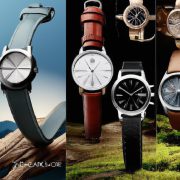
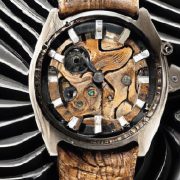
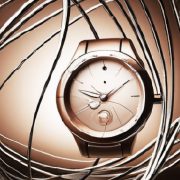
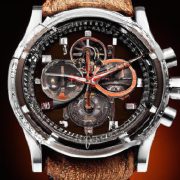










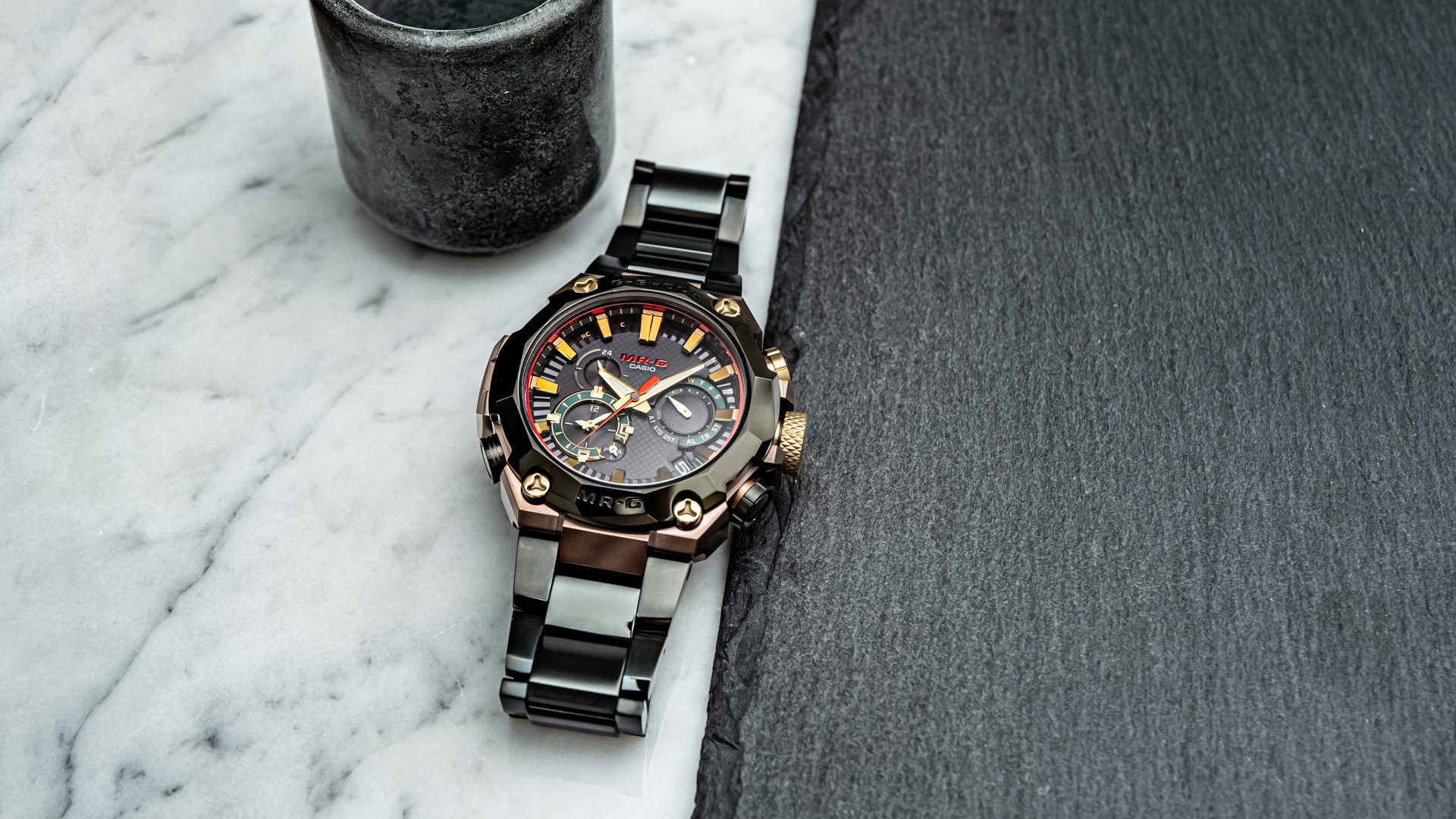


Comments